Humans
Sign up for our newsletter
We summarize the week's scientific breakthroughs every Thursday.
-
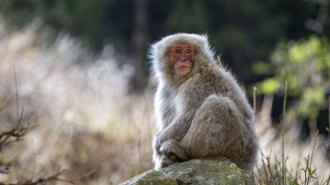 Animals
AnimalsWhen and why did masturbation evolve in primates? A new study provides clues
In a first-of-its-kind comparative study, researchers show that primates were masturbating 40 million years ago and that the behavior may help males keep their sperm fresh.
-
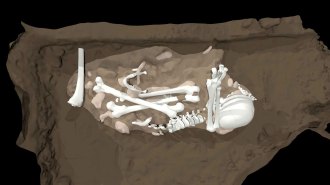 Anthropology
AnthropologyHomo naledi may have dug cave graves and carved marks into cave walls
Proposed discoveries of humanlike activities by these ancient, small-brained hominids have elicited skepticism from some researchers.
By Bruce Bower -
 Health & Medicine
Health & MedicineWith tools from Silicon Valley, Quinton Smith builds lab-made organs
Tissues made with 3-D printing and other techniques could offer insights into diseases such as fatty liver disease and preeclampsia.
-
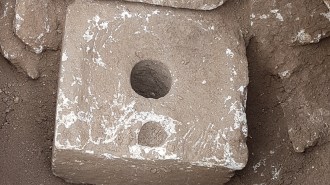 Humans
HumansOldest traces of a dysentery-causing parasite were found in ancient toilets
Scientists have found traces of giardia in two toilets used by wealthy residents of Jerusalem in the 7th and 6th century B.C.
By Freda Kreier -
 Chemistry
Chemistry19th century painters may have primed their canvases with beer-brewing leftovers
Several paintings from the Danish Golden Age contain remnants of brewer’s yeast, barley and other grains commonly used to brew beer.
-
 Neuroscience
NeuroscienceA brain implant helped a man with paralysis walk more naturally
A successful test of a system that restores communication between the brain and spine could ultimately help many people with paralysis.
By Simon Makin -
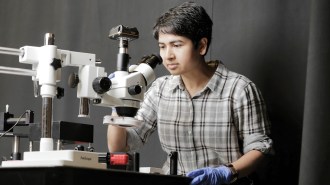 Tech
TechDeblina Sarkar is building microscopic machines to enter our brains
The ultratiny devices can communicate wirelessly from inside living cells and may one day help cure brain diseases.
By Nikk Ogasa -
 Humans
HumansRace car drivers tend to blink at the same places in each lap
Blinking is thought to occur randomly, but a new study tracking blinks in racing drivers shows it can be predictable — and strategic.
-
 Health & Medicine
Health & MedicineHow over-the-counter birth control pills could improve reproductive health
The switch to over-the-counter access for a birth control pill will circumvent certain barriers and help improve reproductive autonomy.
-
 Health & Medicine
Health & MedicineAs U.S. courts weigh in on mifepristone, here’s the abortion pill’s safety record
Decades of data, including data collected during the coronavirus pandemic, support mifepristone’s safety. The drug’s fate in the United States may now be determined by judicial review.
By Meghan Rosen -
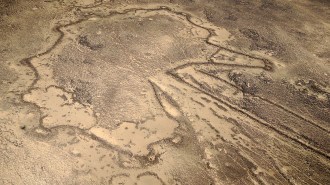 Archaeology
ArchaeologyThe oldest scaled-down drawings of actual structures go back 9,000 years
Rock engravings in Jordan and Saudi Arabia may be maps or blueprints of desert kites, massive structures once used to capture animal herds.
By Bruce Bower -
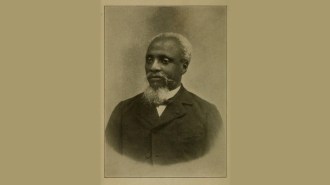 Science & Society
Science & SocietyAnténor Firmin challenged anthropology’s racist roots 150 years ago
In The Equality of the Human Races, Haitian scholar Anténor Firmin showed that science did not support division among the races.
By Sujata Gupta